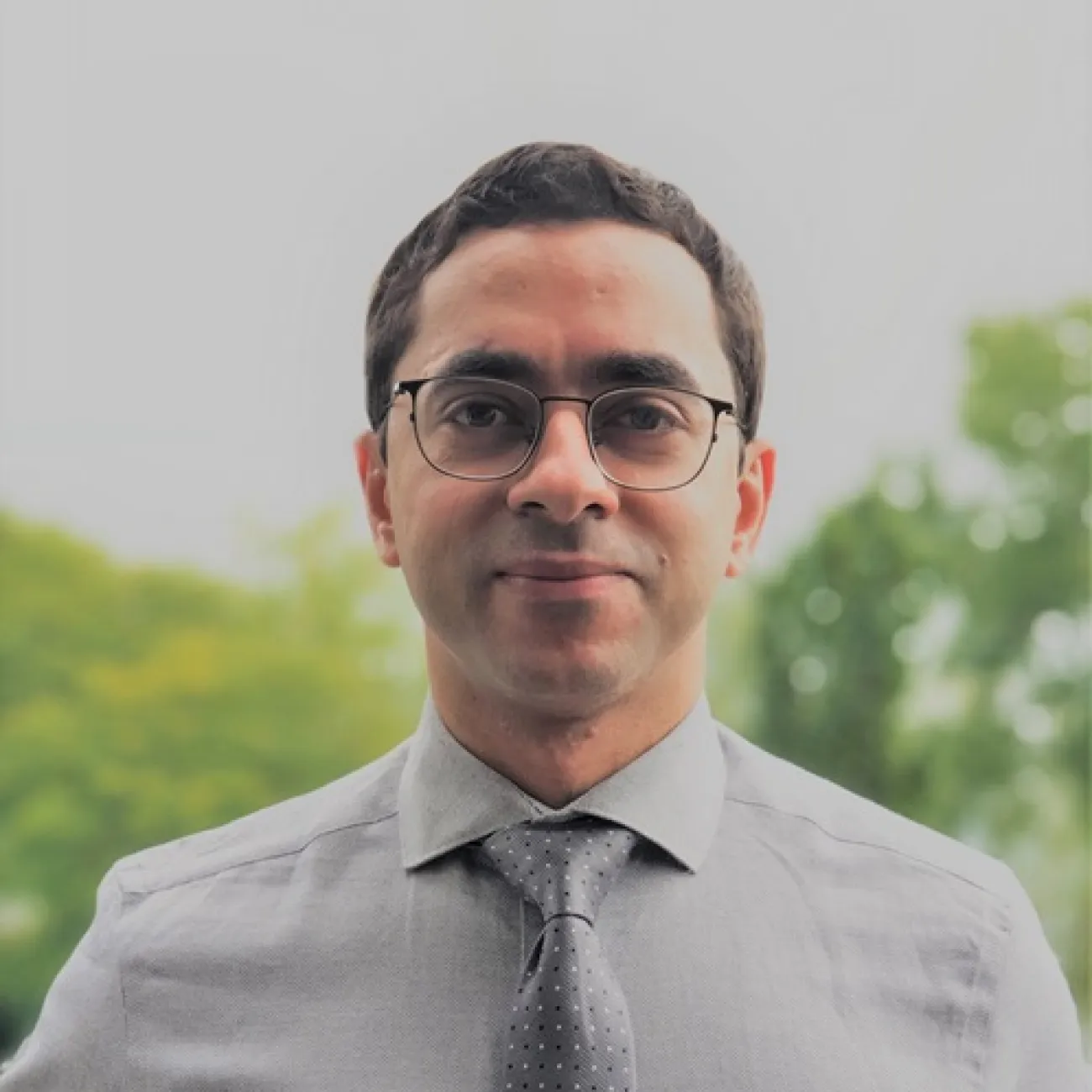About
Dr. Elkady is a Lecturer in Structural Engineering at the University of Southampton. He specializes in the performance of steel and composite steel/concrete structures under multi-hazards, with particularly strong experience in large-scale testing and advanced numerical modelling and simulation of structural components and systems under seismic loading.
Research
Research groups
Research interests
- Performance-Based Earthquake Engineering.
- Collapse Risk and Loss Assessment of Steel and Composite Buildings.
- Resilience-based design, retrofit and rehabilitation of Existing Structures.
- Nonlinear Numerical and Finite Element Modelling and Analysis of Structures.
- Large-Scale Experimental Evaluation of Structural Components and Systems.
Current research
Development of robust numerical models for predicting structural demands and collapse risk
Within the context of performance-based engineering, robust numerical models are essential in predicting structural behavior accurately under different hazards and to guide design and retrofit schemes. Such models are also needed to predict collapse risk due to structural instability which is equally important from a life-safety point-of-view. This research focuses on developing mechanics-based and data-driven numerical models that can accurately capture the different degrading mechanisms in various structural components and connections.
Energy-dissipative devices and smart connections for damage mitigation
The design of critical structures -in particular- is more concerned with limiting damage in structural and non-structural elements to ensure continuous functionality and to avoid monetary losses. The objective of this research is to: 1) develop accurate fragility functions for the different damage states in critical components and 2) utilize advances in manufacturing and material science to develop structural fuses and smart connections as means to isolate critical components from structural demands.
EaRL – Software for Earthquake Risk, Loss & Lifecycle Assessment
EaRL is an open source MATLAB-based software for earthquake risk, loss and lifecycle Analysis. EaRL provides an interactive and user-friendly platform for evaluating the consequences of natural hazards in general, and seismic hazard in particular, on the built environment and communities, in support of the performance-based earthquake engineering framework. The software platform is meant to assist engineers, stakeholders, (re-) insurers and building owners make informed design/retrofit decisions to mitigate the impact of earthquake hazard on the built infrastructure and potentially optimize the seismic lifecycle performance of infrastructure assets. This is supported by a comprehensive library for visualizing and reporting the disaggregated economic losses. Being an open-source software, EaRL paves the way for researchers and practicing engineers worldwide to collaborate and contribute to its metadata, functionalities and interactive features. The choice of the versatile Matlab and GitHub environments, in addition to the software's well-documented technical details and codebase, will hopefully stimulate further developments in support of performance-based design.
FM-2D
Frame Modeler 2D is an open-source MATLAB-based computational platform for modeling and analyzing building assets (steel MRFs and CBFs supported in current release) in OpenSEES using state-of-the-art modeling guidelines.
Download executable and source code here
Video tutorials on YouTube
SCRonED
SRConED is an interactive interface for exploring and processing a recently-collated comprehensive experimental database for bare steel and composite semi-rigid (SR) connections. The current version of the database (v1.0) include data for flush end-plate connections (FEP) covering more than 360 tests from 58 experimental programs. Data for other SR connections will be rolled out in future versions.
Access the database and download installation executable here
Two-Dimensional OpenSEES Numerical Models for Archetype Steel Buildings with Special Moment Frames
Ready-to-run 2-dimensional nonlinear OpenSEES numerical models for archetype steel buildings (4, 8, 12 and 20-story) with special moment frames designed in California according to ASCE 7-10.
- Download models and full documentation here.
II-DAP: Interactive Interface for Dynamic Analysis Procedures (Version 1.3.0)
The Interactive Interface for Dynamic Analysis Procedures (IIDAP) is a standalone MATLAB-based program that performs various dynamic analysis procedures for deteriorating and non-deteriorating single degree-of-freedom (SDoF) systems. The program is able to develop fragility curves of various damage states including collapse. It also interfaces with site-specific hazard curves to compute the mean annual frequency of collapse. The program works both in MAC and Windows machines.
- Software files downloadable here.
- Installation procedures and tutorials can be found in the following link
Steel Wide-Flange Column Test Data
This repository contains test data sets for two experimental programs on 22 steel wide-flange columns tested under cyclic lateral drift combined with axial load. The data includes the moment-rotation hysteretic response at the column base as well as the history of the column axial shortening.
Download the data repository here
Research projects
Active projects
Completed projects
Publications
Pagination
Teaching
CENV2026 Numerical Methods
CENV2035 City Infrastructure Design Project
MSc Civil Programme Lead
External roles and responsibilities
Biography
2020 Outstanding Reviewer: ASCE Journal of Structural Engineering
2019 Outstanding Reviewer: the ASCE Journal of Structural Engineering
2018 First Place Award (Comprehensive Category): Phase 1 and 2 of The NIST–ATC Blind Prediction Contest on Deep Wide-Flange Steel Beam-Columns
2017 Outstanding contributions in reviewing: Engineering Structures Journal
2015 First-place award for best oral presentation: The 2015 CEISCE Seminar, Bromont, Canada
2014 Alexander Graham Bell graduate scholarship: Natural Sciences and Engineering Research Council (NSERC), Canada
2014 First-place award for best poster presentation: The 2014 CEISCE Seminar, University of Sherbrooke, Canada
2012 Second-place award for best poster presentation: The 2012 CEGSS Conference, Montréal, Canada
2012 Emil Nenniger memorial fellowship: Faculty of Engineering, McGill University, Canada
2012 McGill Engineering Doctorate Award (MEDA): Faculty of Engineering, McGill University, Canada
2011, 2014 Graduate Excellence fellowship: McGill University, Canada
2009, 2010 McGill Provost’s Grad fellowship: McGill University, Canada
2005 Mounir Konsoah award for “Excellence Achievement in Hydraulics”: Alexandria University, Egypt
2001-2006 Merit award for distinct graduates: Faculty of Engineering, Alexandria University, Egypt
Prizes
- Raymond C Reese Research Prize (2022)
- Raymond C Reese Research Prize (2022)
